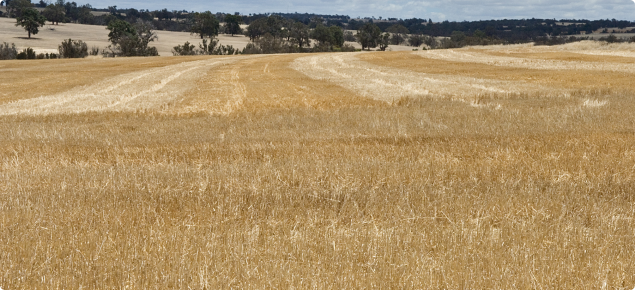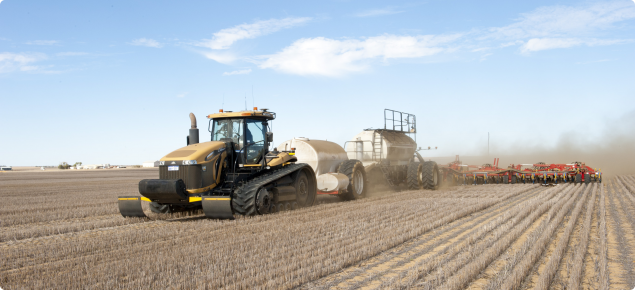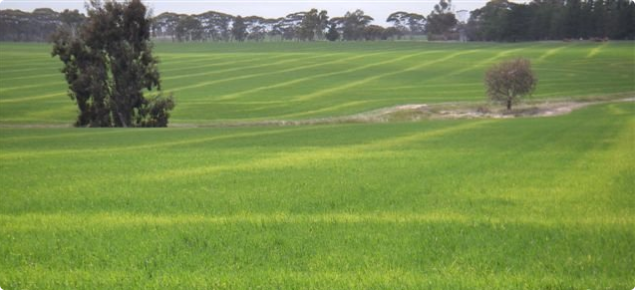Soil nitrogen cycling
The microbial demand for N often coincides with increasing crop demand at the break of season in paddocks with high stubble loads. This means less N is potentially available to the crop to support early growth. While N supply will be dependent upon a number of factors including stubble loads, background soil N status and rainfall events prior to seeding, any potential tie up of N is likely to be relatively short lived (4-6 weeks).
Soil N supply depends on the amount of organic N that is a component of soil organic matter and biological processes that convert this to plant-available forms such as ammonium and nitrate (Figure 1). Ammonium (NH4+) is released from organic N when mineralised by soil microbes, a large proportion of which is taken up by other soil microbes (immobilised) and converted into nitrate (NO3-) via nitrification (Figure 1). The balance between N supply and ‘losses’ which can include microbial demand as well as environmental losses (e.g. leaching), determine the net amount (surplus) of soil N that becomes plant available. While plants are able to take up both ammonium and nitrate, the latter is generally the dominant form of N used by plants.
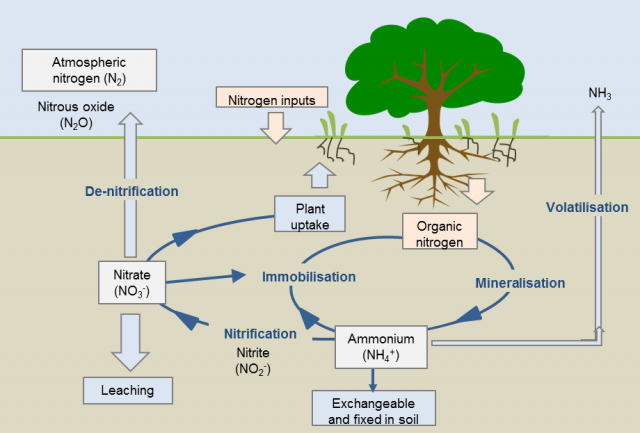
The situation for 2014
High crop yields in many areas for 2013 would have required high N inputs from the soil which would have decreased soil N stocks and also resulted in high stubble loads. Combined with a dry summer with little or no soil moisture to drive mineralisation of soil organic matter, there have been few opportunities for soil N to build up over this period.
In many paddocks, the combination of low soil N and high stubble loads with a wide carbon to nitrogen (C:N) ratio (figure 2a, b) may lead to more soil N being immobilised by microbes and less being available for the crop to take up, the end result being N deficiency during the crop’s early growth stages (figure 3). Where stubble is incorporated into soil, the potential for N immobilisation is greater.
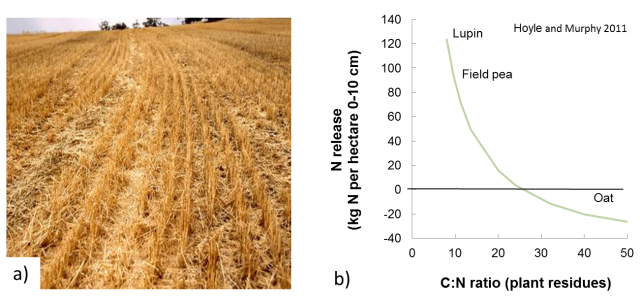
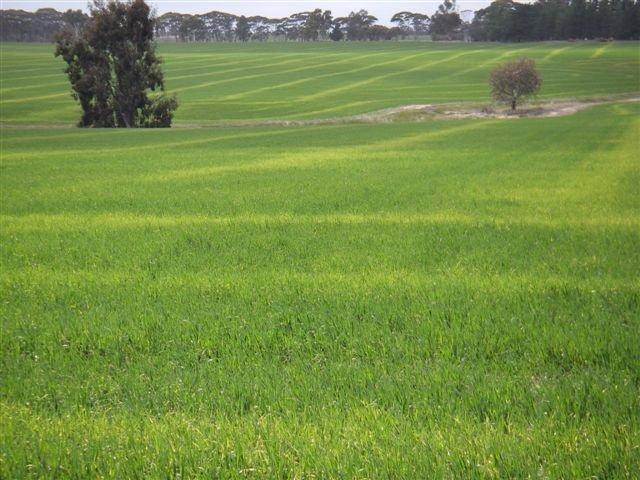
One of the simplest ways to manage a high stubble load is through burning, which may ordinarily be used to control weed populations, decrease disease incidence or improve seeding efficiencies. However, burning results in a rapid net loss of C and nutrients to the system. Retaining stubble is generally the preferred option to help build soil organic carbon, promote nutrient cycling and prevent wind erosion.

